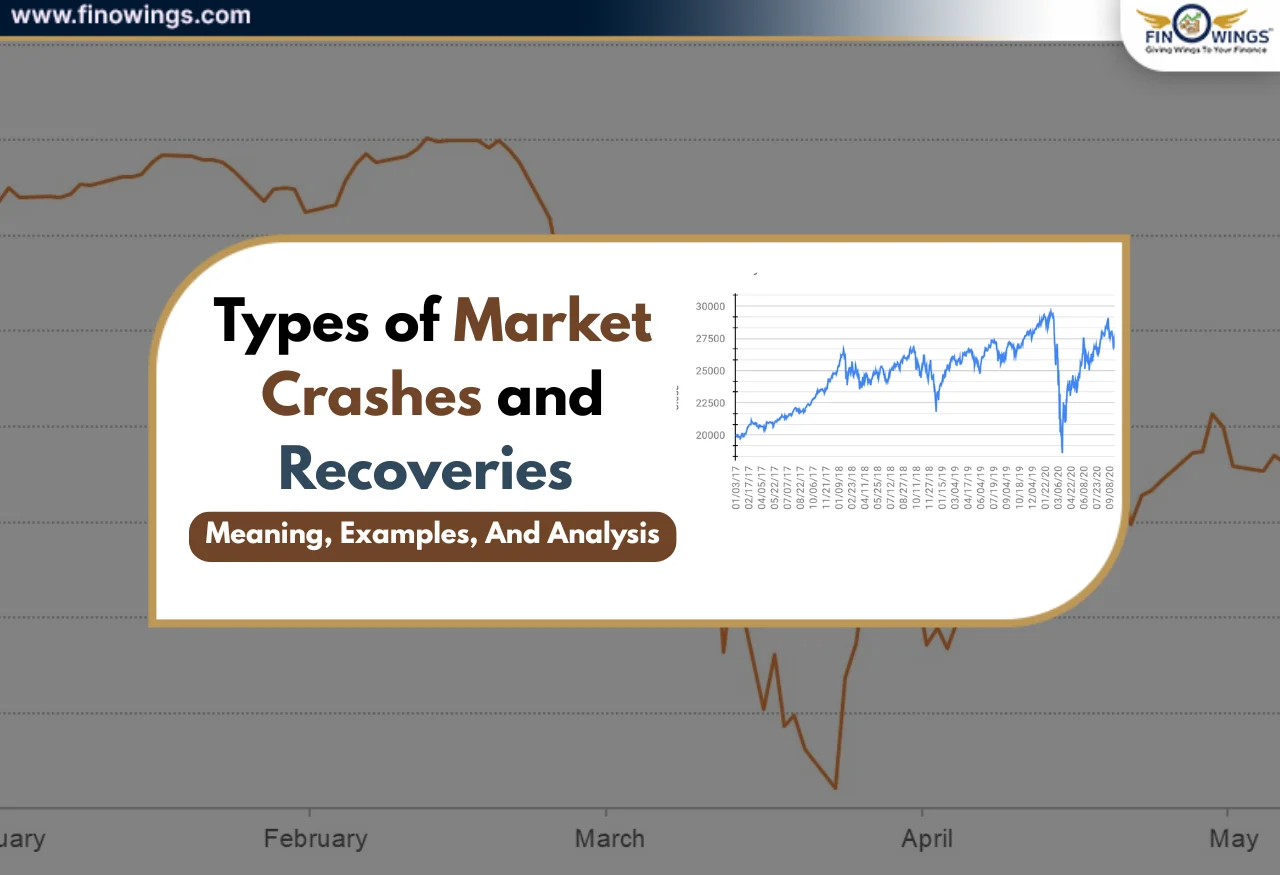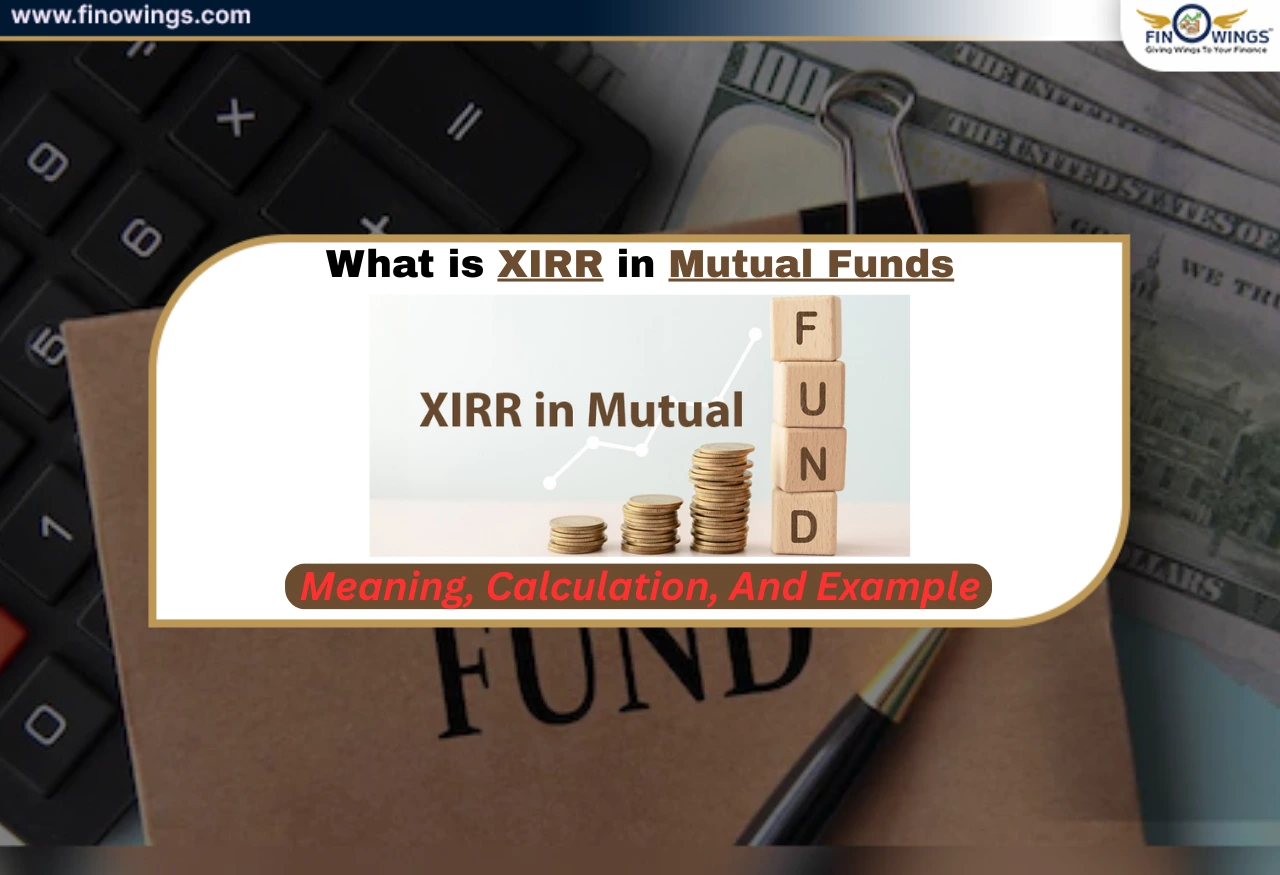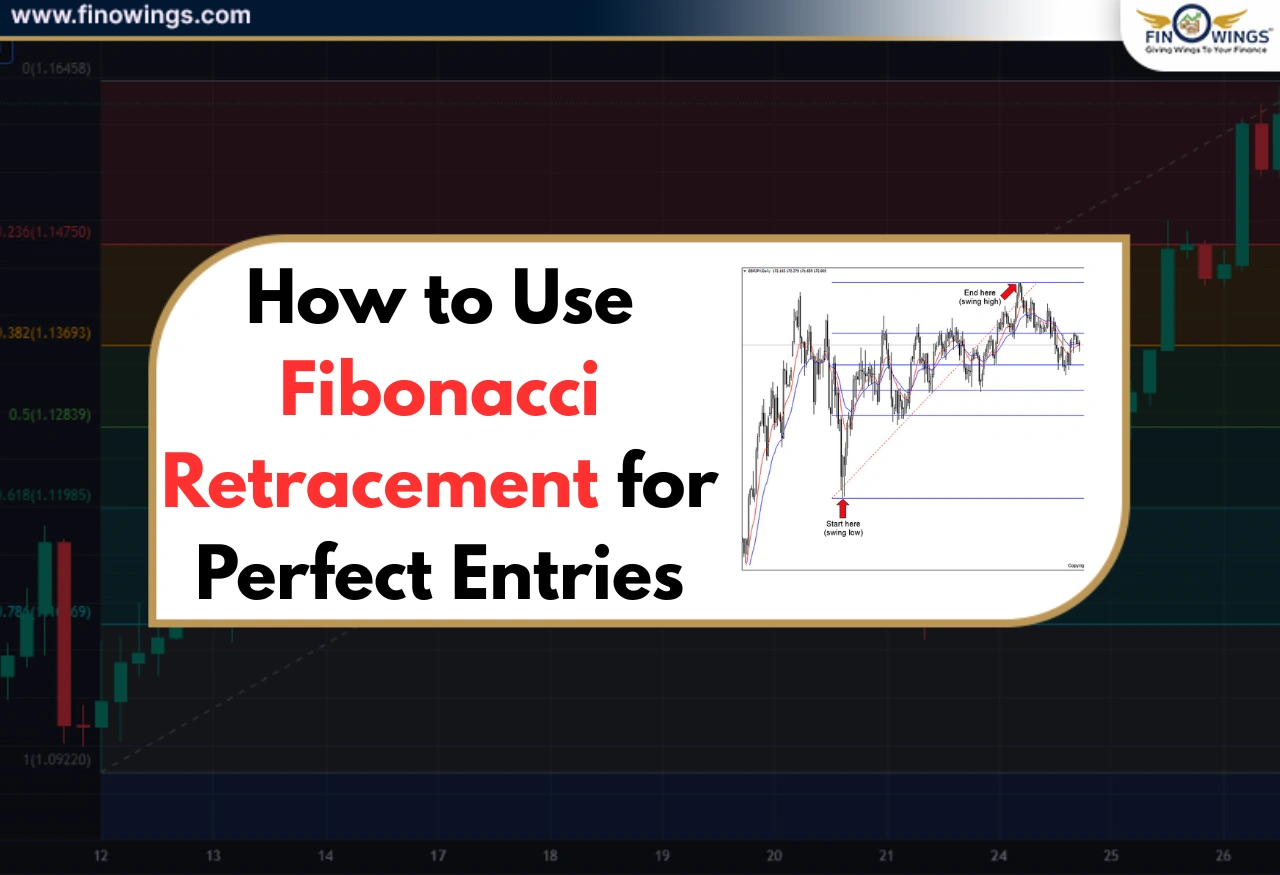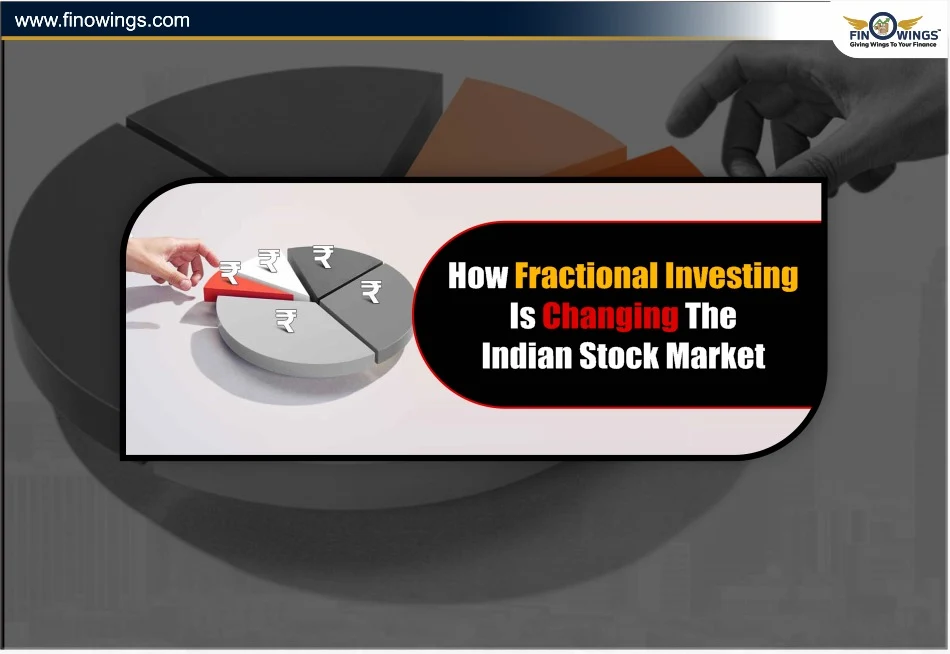Home >> Blog >> Mainboard IPO vs SME IPO: GMP, Allotment Status & Subscription
Mainboard IPO vs SME IPO: GMP, Allotment Status & Subscription
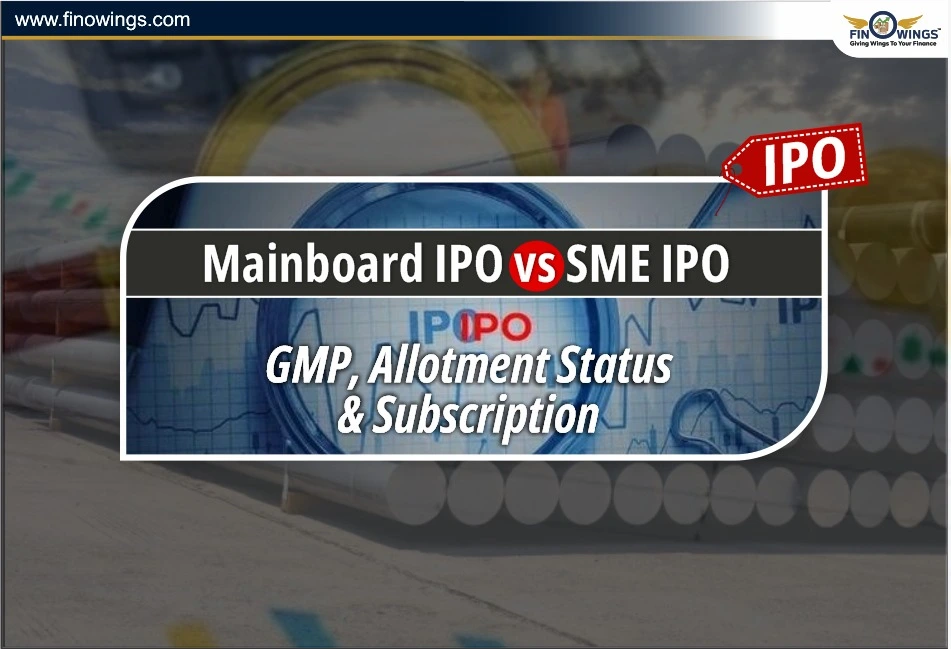
Table of Contents
In India today, investors have multiple options to engage with Initial Public Offerings (IPOs). Out of the options, Mainboard IPOs and SME IPOs seem to be the most prominent. Both offer a share in a growing company, but their sizes, legal frameworks, qualifying requirements, distribution, and post-listing trading customs are different.
With an emphasis on important elements like GMP (Grey Market Premium), IPO allotment status, and subscriptions, we will examine the main distinctions between Mainboard IPOs and SME IPOs in this article.
What is a Mainboard IPO?
An IPO of a major corporation that issues shares to the public after meeting SEBI and stock exchange eligibility requirements is known as a mainboard IPO. The shares are traded in conventional lot sizes of one share or multiples of one share on the Mainboard of the NSE or BSE.
Key Features of Mainboard IPOs:
- Minimum Post-Issue Paid-up Capital: Rs. 10 crore or more.
- Eligibility Norms: The net worth, profitability, and net tangible asset criteria follow SEBI regulations.
- Investors Allowed: Retail, HNIs, and QIBs are among the permitted investors.
- Lot Size: Flexible, post-listing purchases of one share are permitted.
- Liquidity: Strong institutional and retail participation.
What is an SME IPO?
An SME IPO helps small and medium enterprises to raise funds for business expansion and is listed on NSE Emerge or BSE SME platforms.
Key Features of SME IPOs:
Minimum Post-Issue Paid-up Capital: Ranging from Rs. 1 crore to Rs. 25 crore.
Eligibility Norms: Softer than mainboard IPOs, but requires some history and profitability.
Investors Allowed: Retail and HNIs, with QIBs, though institutional participation is typically low.
Lot Size: Perpetually large, between a few hundred and thousands of shares as a singular lot.
Liquidity: Not as high as the mainboard due to lower trading volume.
Mainboard IPO vs SME IPO: Key Differences
|
Feature |
Mainboard IPO |
SME IPO |
|
Company Size |
Large corporates |
Small & medium enterprises |
|
Platform |
NSE/BSE Mainboard |
NSE Emerge / BSE SME |
|
Post-issue capital |
Rs. 10 Cr+ |
Rs. 1 Cr - Rs. 25 Cr |
|
Investor Categories |
Retail, HNI, QIB, FIIs |
Retail, HNI, QIB (lower institutional participation) |
|
Lot Size |
Flexible (1 share post listing) |
Fixed Large Lot |
|
Risk Factor |
Moderate (regulated companies) |
Higher (smaller, growing firms) |
|
Listing Gains |
Moderate, stable |
Potentially high but volatile |
|
SEBI Regulations |
Strict |
Relaxed norms |
|
Liquidity |
High |
Limited |
Grey Market Premium (GMP) in IPOs
GMP refers to the premium at which IPO shares are traded on unregulated markets before the official listing.
Mainboard IPO GMP: Followed closely by analysts and investors. Often indicates the expected listing price.
SME IPO GMP: Follows the same logic but is far less accurate due to low trading volume and fewer participants.
Fundamentals of a company’s operations are more important than GMP for making investment decisions.
Current IPO GMP can be checked on various websites.
How to Check IPO Allotment Status?
Understanding IPO allotment status enables investors to check whether or not they received shares.
Mainboard IPO: Customers are able to check the status via Kfintech, Link Intime registrar websites, or through the NSE/BSE portals.
SME IPO: Allotment status can be checked on the registrar's websites. Retail investors have a slim chance of receiving shares due to large lot sizes.
Tip: In Mainboard IPOs, the chances of receiving shares increase with family applications using different demat accounts. In SME IPOs, allotment tends to be on a proportionate basis.
IPO Subscription
A figure of subscription tells us about the demand for an IPO.
Mainboard IPO Subscription: Retail and QIB segments tend to oversubscribe to the popular IPOs.
SME IPO Subscription: Retail demand is strong, but institutional participation is relatively weak.
Note: A Higher subscription does not equate to guaranteed listing gains. Overhyped issues tend to correct post listing, and therefore, are not always profitable.
SME IPOs vs Mainboard IPOs
Mainboard IPOs offer high liquidity, are safer, and have institutional backing. They are more suitable for low to moderate-risk investors.
SME IPOs have the potential for multibagger returns, but they carry higher risk and lower liquidity. Appropriate for high-risk, long-term investors willing to do fundamental analysis.
Conclusion
Both Mainboard IPOs and SME IPOs provide investors with excellent options to build wealth over time. Mainboard IPOs tend to be safer and more liquid than SME IPOs, which offer more growth but come with significantly more risk.
Investors tend to focus on GMP, allotment status, and subscription levels, which can be handy, but the more important focus should be on:
-
The company’s business model
-
Financial performance
-
Valuation in comparison to peers
-
Expected growth in the long term.
Disclaimer
This blog is NOT any buy or sell recommendation. No investment or trading advice is given. The content is purely for educational and information purposes only. Always consult your eligible financial advisor for investment-related decisions.
Author
Frequently Asked Questions
A Mainboard IPO is offered by large companies listed on the NSE/BSE Mainboard and is accompanied by SEBI’s stringent regulations concerning corporate governance. An SME IPO pertains to small and medium enterprises listed on the NSE Emerge or BSE SME platforms, which are offered with comparatively lower requirements.
For those looking for safer, liquid assets and consistent returns, Mainboard IPOs are preferable. SME IPOs are more suited for those with an appetite for risk and reward.
Absolutely. Retail investors are eligible to participate in SME IPOs, although the lot size is larger, which increases the minimum investment to above that of Mainboard IPOs.
Allotment status can be checked on the registrar’s websites (Link Intime, KFintech, etc.) or on the NSE/BSE portals using PAN, application ID or DP ID.
GMP (Grey Market Premium) is not a reliable indicator as it only reveals prelisting market sentiment. The actual listing price is determined by the level of subscription, demand, and the fundamentals of the company.




